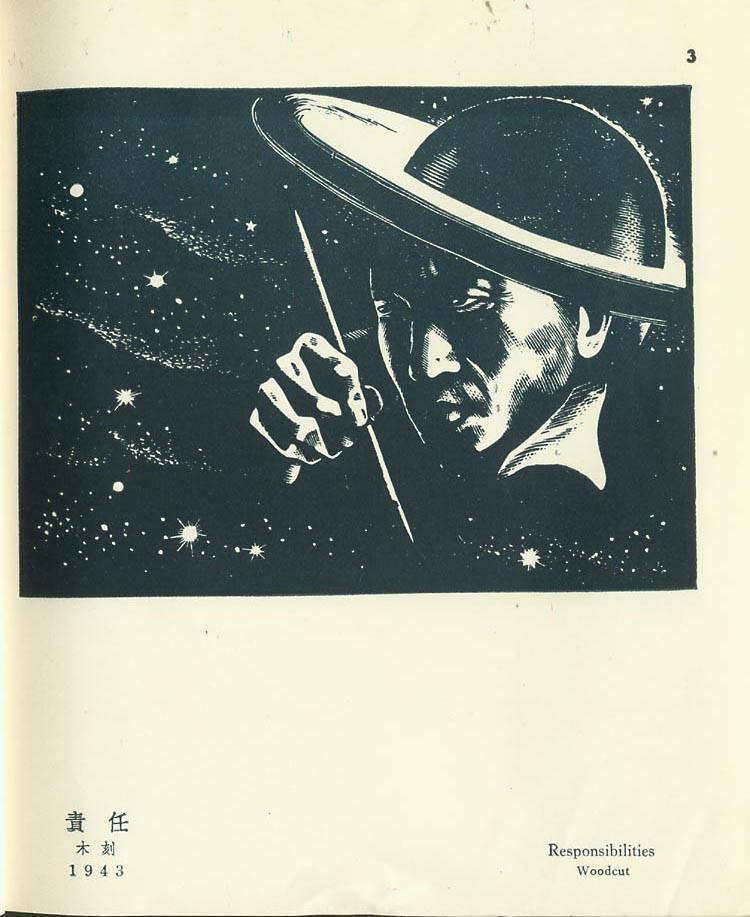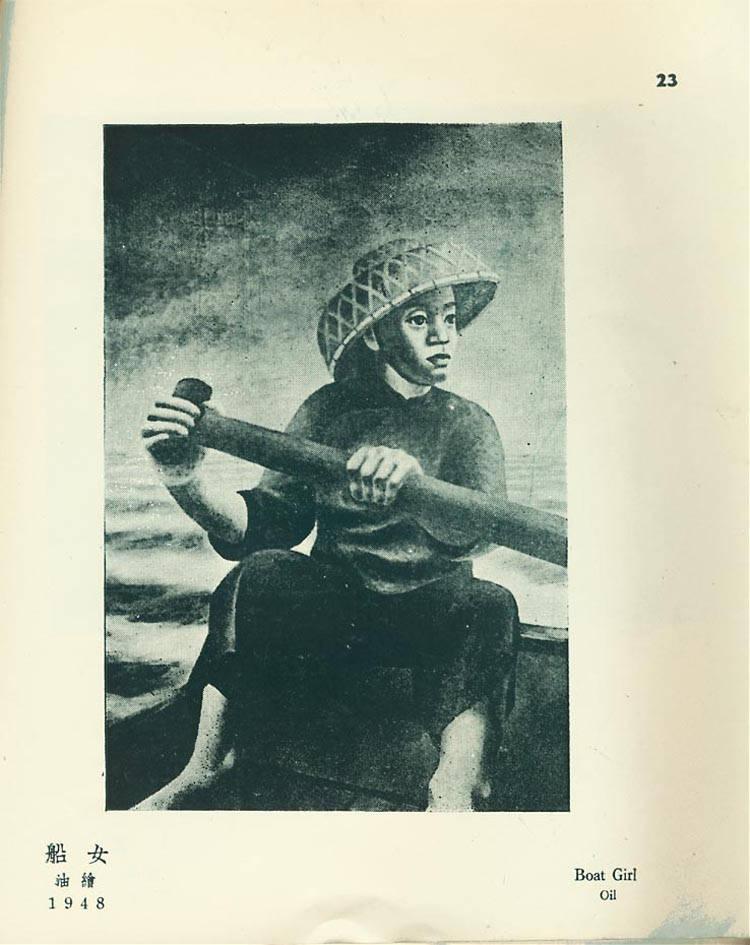- 2023年-11月-08日:世上如侬有几人:丰子恺黑白漫画集(349P)
- 2023年-04月-14日:《齐白石全集》(第五卷.盛期绘画)(399P)
- 2023年-04月-14日:《齐白石全集》(第六卷.盛期绘画)(380P)
- 2023年-02月-03日:唐觧元彷古今画谱.唐寅画.明黄凤池辑(49P)
- 2023年-02月-03日:唐詩七言画譜.黄鳳池.編.蔡冲寰.画(57P)
- 2023年-01月-28日:扇面山水図.金石山叟.画(2P)
- 2023年-01月-27日:古今画藪.後.宋紫石.画(123P)
- 2023年-01月-24日:渭水飞熊图.宋刘松年画(10P)
- 2023年-01月-08日:新波画册.殷社出版.1949(44P)
- 2023年-01月-08日:十二月月令图.轴.清画院画.台北故宫博物院藏(12P)
- 2023年-01月-01日:江山無盡圖.王翚(16P)
- 2023年-01月-01日:佳婦人例.仇英画.明代(17P)
- 2022年-12月-28日:百花鸟图.清余曾三画.张廷玉.鄂尔泰诗(164P)
- 2022年-12月-07日:几米漫画全集(236P)
- 2022年-09月-30日:湖山胜概.一卷.明.陈昌锡著.明万历时期彩色套印本(49P)
- 2022年-09月-25日:《张大千画集》(下册)(319P)
- 2022年-09月-25日:张大千书画集(上册)(335P)
- 2022年-08月-30日:万有同春图卷(9P)
- 2022年-08月-30日:七难图巻(38P)
- 2022年-08月-30日:十骏马图册(10P)
- 2022年-08月-30日:太平乐事图册(10P)
- 2022年-08月-28日:感悟人生的画-丰子恺(15P)
- 2022年-06月-17日:漆画欣赏(46P)
- 2022年-05月-20日:令人热血沸腾的素描(44P)
- 2022年-05月-20日:工笔神话人物(36P)
- 2022年-05月-16日:十骏图&十骏犬图-郎世宁(20P)
- 2022年-05月-15日:东方故事(44P)
- 2022年-05月-15日:金梅生擦笔水彩年画(40P)
- 2022年-05月-15日:北宋李公麟線描人物(22P)
- 2022年-05月-15日:陈洪绶作品赏析(34P)
- 2022年-05月-05日:吴道子线描人物(25P)
- 2022年-05月-02日:金陵山水图十二册(13P)
- 2022年-05月-02日:金陵十二金钗图册(12P)
- 2022年-05月-02日:石涛《罗汉百页图册》高清原图(100P)
1945年9月,日本戰敗投降,當時內地局勢仍不穩定,許多文化工作者及畫家相繼前來香港發展。當時,黃新波亦到了香港任職《華商報》記者。黃新波與友人為了團結各方的藝術家,在文化界的支持下於1946年創立「人間畫會」及「人間書屋」,一方面可透過聚會互相討論藝術創作,另一方面在艱苦的社會環境下也可彼此照顧。他以「人間」為名的畫會及書屋主要從事展覽籌劃、書籍出版等推廣文化活動,對戰後香港的文化藝術發展,產生了重要的影響。黃新波以新聞記者的身份接觸社會各階層,對生活的深入了解成為了他藝術創作的泉源。承接着在桂林時那濃厚的抒情創作風格,黃新波這時期的版畫已增添了深刻的生活感覺。1947年,在上水地區有四名小學生因誤闖邊界而被集體槍殺。黃新波懷着悲憤的心情創作了《控訴》,畫中淌血的孩子們赤裸身體、緊握拳頭,緊抱孩子的老婦人内心沉痛,表情木然,此作品讓人看後激動心靈。黃新波以經過提煉的單純形象突出主題和以細緻的黑白調子營造畫面,集中反映戰後初期香港低下階層的生活。那時,普通市民生活艱難,工資微薄,而且還時刻面臨因工廠倒閉而失業。1948年,黃新波創作的《賣血後》,題材是刻劃一名以賣血為生的失業者,賣血後天旋地轉,痛苦不堪的樣子。而《香港跑馬地之旁》(1948)就以快活谷跑馬場及山上別墅洋房為背景,描繪在高級住宅區旁輪候着富戶施飯的貧民。他們有老有幼,木訥地拿着盛器守候,表現了饑餓中的貧民苦困。黃新波在香港西區的碼頭附近上班,作品《碼頭》(1948)就是他當時目睹的現實寫照,碼頭上盡是勞動者和拾荒兒。當時社會對勞動者並沒有甚麼保障,工時長薪金少,生活滿是艱苦勞碌。黃新波在這段時期的木刻作品充滿愛和憐憫,是記錄戰後香港人間的寶貴資料。黃新波曾於上海美術專科學校學習西洋畫,故此他一直希望能畫些油畫。就在1946年至1948年間,他在香港創作了20多幅油畫。黃新波十分留意西方現代繪畫的動向,從古典主義到現代主義都感興趣,又時常在香港的外文書店閱覽西方重要藝術家的作品集。當中他尤喜愛美國社會現實主義(Social Realism)畫家本夏(Ben Shahn, 1898-1969)的畫作。本夏以繪畫為受迫害的人伸張正義,探討了現代城市生活中的不公平待遇,並用獨特的象徵符號描繪人物的內心世界。黃新波對此甚有感通,在其油畫創作上着重描繪富心理化和象徵性的人物,把主觀感情投放於客觀形象上。作品《都市的人》(1946)及《種子》(1947)均用誇張形式刻劃人物的內心世界,局部放大的雙手帶動着觀者的情緒。作品《廢墟》(1947)寫一對小孩在飽經戰火蹂躪的頹垣上張望,女孩捧着空罐默然期盼。雖然黃新波的油畫題材都是關愛人間的苦況,但仍遭到他的藝術同盟者認為他傾向形式主義,內容無法表現戰鬥力量和勇氣。1948年春天,人間畫會召開專題討論會,批評他油畫的藝術思想。不過,他仍然繼續創作了十多幅風格依然的油畫。1949年,香港殷社出版《新波畫冊》,輯錄了黃新波33幅作品,其中油畫佔18幅,可惜這批作品飽經歷史洗禮,今已蕩然不存。
In September 1945, when Japan was defeated and surrendered, the situation in the mainland was still unstable. Many cultural workers and painters came to Hong Kong to develop. At that time, Huang Xinbo also came to Hong Kong to work as a reporter of the Chinese Business Daily. In order to unite artists from all walks of life, Huang Xinbo and his friends founded the “Human Painting Club” and the “Human Bookstore” in 1946 with the support of the cultural community. On the one hand, they can discuss artistic creation with each other through parties, and on the other hand, they can take care of each other in a difficult social environment. His painting clubs and bookstores in the name of “The World” were mainly engaged in exhibition planning, book publishing and other cultural promotion activities, which had an important impact on the post-war cultural and artistic development of Hong Kong. As a journalist, Huang Xinbo contacted all social strata, and his in-depth understanding of life became the source of his artistic creation. Following the strong lyrical creation style in Guilin, Huang Xinbo’s prints in this period have added a profound sense of life. In 1947, four primary school students in the Shangshui area were shot and killed because they crossed the border by mistake. Huang Xinbo created the “Complaint” with grief and indignation. In the painting, the bleeding children are naked, clenched their fists, and the old woman hugging the children feels sad and impassive. This work makes people excited after reading it. Huang Xinbo highlights the theme with refined simple images and creates pictures with detailed black and white tones, which focus on the life of the low class in Hong Kong in the early post-war period. At that time, ordinary citizens lived a hard life with low wages, and they were still faced with unemployment due to the closure of factories. In 1948, Huang Xinbo created “After Selling Blood”, which depicts an unemployed person who sells blood for a living. And “Beside the Horse Racing Ground in Hong Kong” (1948), with the Happy Valley Horse Racing Ground and villa houses on the mountain as the background, depicts the poor waiting for rich families to feed beside the high-end residential area. They are old and young, holding vessels to wait, showing the poverty of the hungry poor. Huang Xinbo worked near the wharf in the West District of Hong Kong. His work “The Wharf” (1948) was a realistic portrayal of the reality he witnessed at that time. The wharf was full of workers and scavengers. At that time, the society did not provide much security for workers, working hours were long and salaries were low, and life was full of hard work. Huang Xinbo’s woodcut works during this period are full of love and compassion, and are valuable materials to record the post-war human life in Hong Kong. Huang Xinbo studied western painting in Shanghai Academy of Fine Arts, so he always hoped to paint some oil paintings. From 1946 to 1948, he created more than 20 oil paintings in Hong Kong. Huang Xinbo pays close attention to the trend of western modern painting. He is interested in both classicism and modernism, and often reads the works of important western artists in the foreign language bookstore in Hong Kong. Among them, he especially loved the paintings of Ben Shahn (1898-1969), an American social realism painter. Benxia used painting to promote justice for persecuted people, explored the unfair treatment in modern urban life, and depicted the inner world of the characters with unique symbols. Huang Xinbo is very sensible about this. In his oil painting, he re depicts psychological and symbolic characters and puts subjective feelings on objective images. The works “Urban People” (1946) and “Seed” (1947) depict the inner world of the characters in an exaggerated form, and the partially enlarged hands drive the viewer’s emotions. The work “Ruins” (1947) depicts a pair of children looking at the dilapidated wall ravaged by war, and a girl holding an empty jar silently looking forward. Although Huang Xinbo’s oil paintings are all about caring for the sufferings of the world, his art allies still think that he is inclined to formalism, and the content cannot show the fighting strength and courage. In the spring of 1948, a symposium was held at the Human World Painting Association to criticize his artistic ideas of oil painting. However, he still continued to create more than ten paintings with the same style. In 1949, the Yin Society of Hong Kong published the Xinbo Album, which collected 33 works of Huang Xinbo, including 18 oil paintings. Unfortunately, these works have been baptized by history and are now gone.












































China国内名家 Painting绘画 44P 新波画册.殷社出版.1949
历史上的今天 ( 1 ):
可点 ➠ 2023年-01月-08日 ➠ 47 s ➠ ♥ 0

